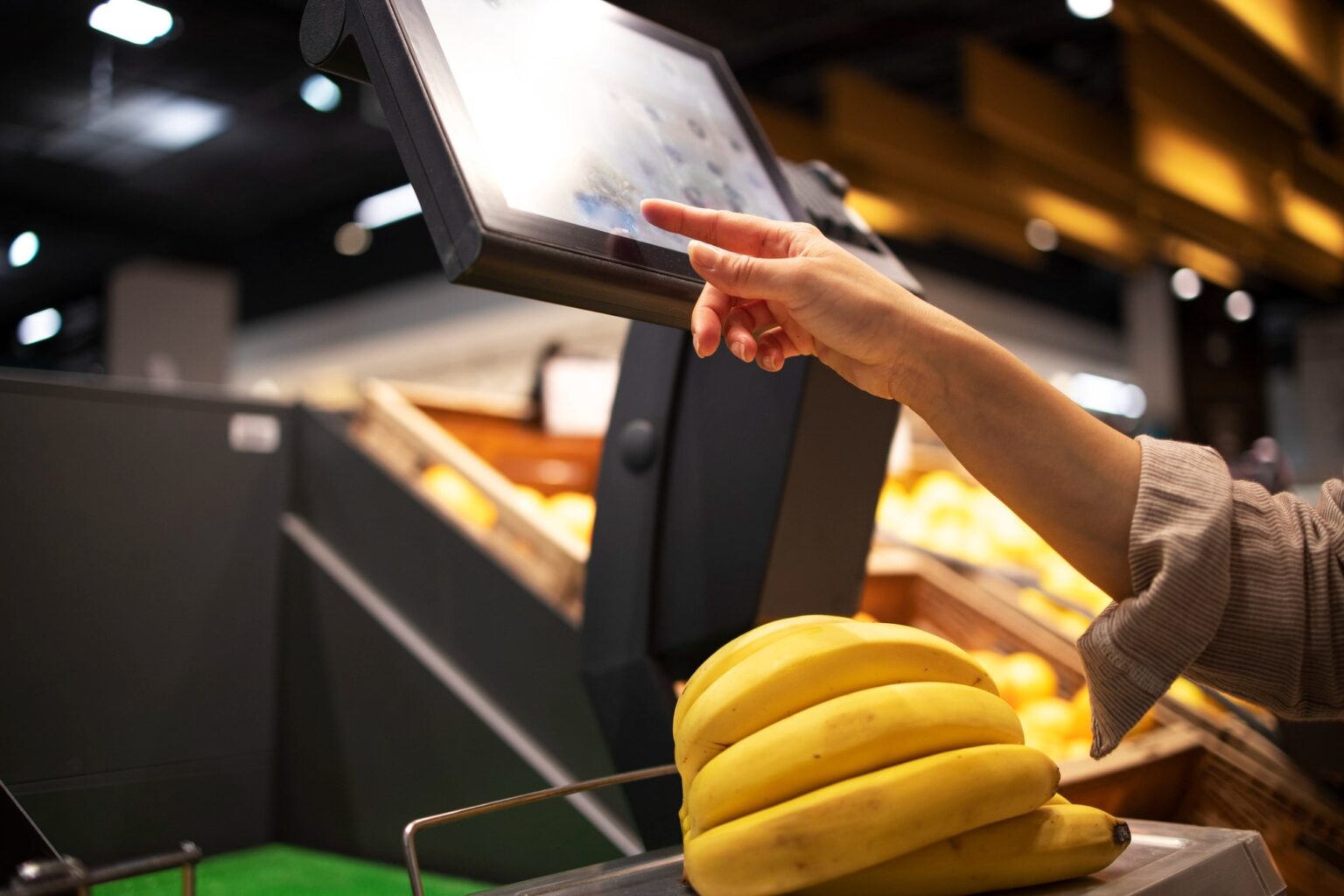Cashierless stores and autonomous checkout systems are innovative technologies that are transforming the retail industry. These systems leverage advanced technologies such as computer vision, sensor fusion, machine learning, and artificial intelligence to enable a seamless and frictionless shopping experience. Here’s how cashierless stores and autonomous checkout systems work and the benefits they offer:
- Automated Shopping Experience: Cashierless stores and autonomous checkout systems eliminate the need for traditional manned checkout counters. Customers can enter the store, select the items they want to purchase, and simply walk out without the need to stand in line or interact with a cashier. The systems track the items selected by the customers, automatically calculate the total cost, and charge the customers’ accounts through various payment methods.
- Computer Vision and Sensor Technologies: Cashierless stores utilize computer vision and sensor technologies to track and identify products. Cameras and sensors are placed throughout the store, capturing information about the items picked up by customers. Computer vision algorithms analyze the visual data to recognize and categorize products accurately.
- Machine Learning and AI: Cashierless stores employ machine learning and artificial intelligence algorithms to continuously improve product recognition accuracy. These algorithms learn from customer interactions and feedback, enhancing their ability to identify and classify products even in complex scenarios. Over time, the system becomes more accurate and efficient in recognizing different items.
- Smart Shelves and RFID Tags: Some cashierless stores utilize smart shelves equipped with RFID (Radio-Frequency Identification) tags or other tracking technologies. These tags or sensors are attached to individual products, allowing the system to identify and monitor the movement of each item. When a customer takes an item off the shelf, the system detects the change and adds it to the customer’s virtual shopping cart.
- Mobile Apps and Account Integration: Cashierless stores often require customers to have a mobile app installed on their smartphones. The app is linked to their account, enabling seamless integration and payment processing. Customers can scan a QR code or use near-field communication (NFC) to check in when they enter the store. The system associates their presence with their account and tracks their selected items.
- Benefits for Customers: Cashierless stores and autonomous checkout systems offer several benefits to customers. They eliminate the need to wait in long checkout lines, reducing time spent in the store and improving overall convenience. Customers can quickly pick up items, pay seamlessly, and exit the store without any hassle. These systems also provide real-time information on prices, discounts, and product availability, enabling informed purchasing decisions.
- Benefits for Retailers: Cashierless stores and autonomous checkout systems offer numerous advantages for retailers. They reduce labor costs associated with cashiers and allow staff to focus on customer service and other critical tasks. These systems also help prevent theft and inventory shrinkage by accurately tracking the movement of products. Retailers can gain valuable insights into customer behavior, preferences, and buying patterns, enabling them to optimize store layouts, stock inventory efficiently, and personalize marketing strategies.
- Scalability and Adaptability: Cashierless stores and autonomous checkout systems can be scalable to various store sizes and formats. They can be implemented in small convenience stores, large supermarkets, and even in other retail environments such as airports or stadiums. The technology is adaptable and can be customized to fit different retail requirements and configurations.
While cashierless stores and autonomous checkout systems offer significant benefits, there are challenges to consider. Ensuring accurate product recognition, handling exceptions (such as damaged or incorrectly placed items), and addressing potential privacy concerns are some of the areas that need careful consideration and ongoing development.
Overall, cashierless stores and autonomous checkout systems are revolutionizing the retail experience, providing convenience, efficiency, and enhanced customer satisfaction. With continued advancements in technology, we can expect further integration and adoption of these systems in the retail industry.



